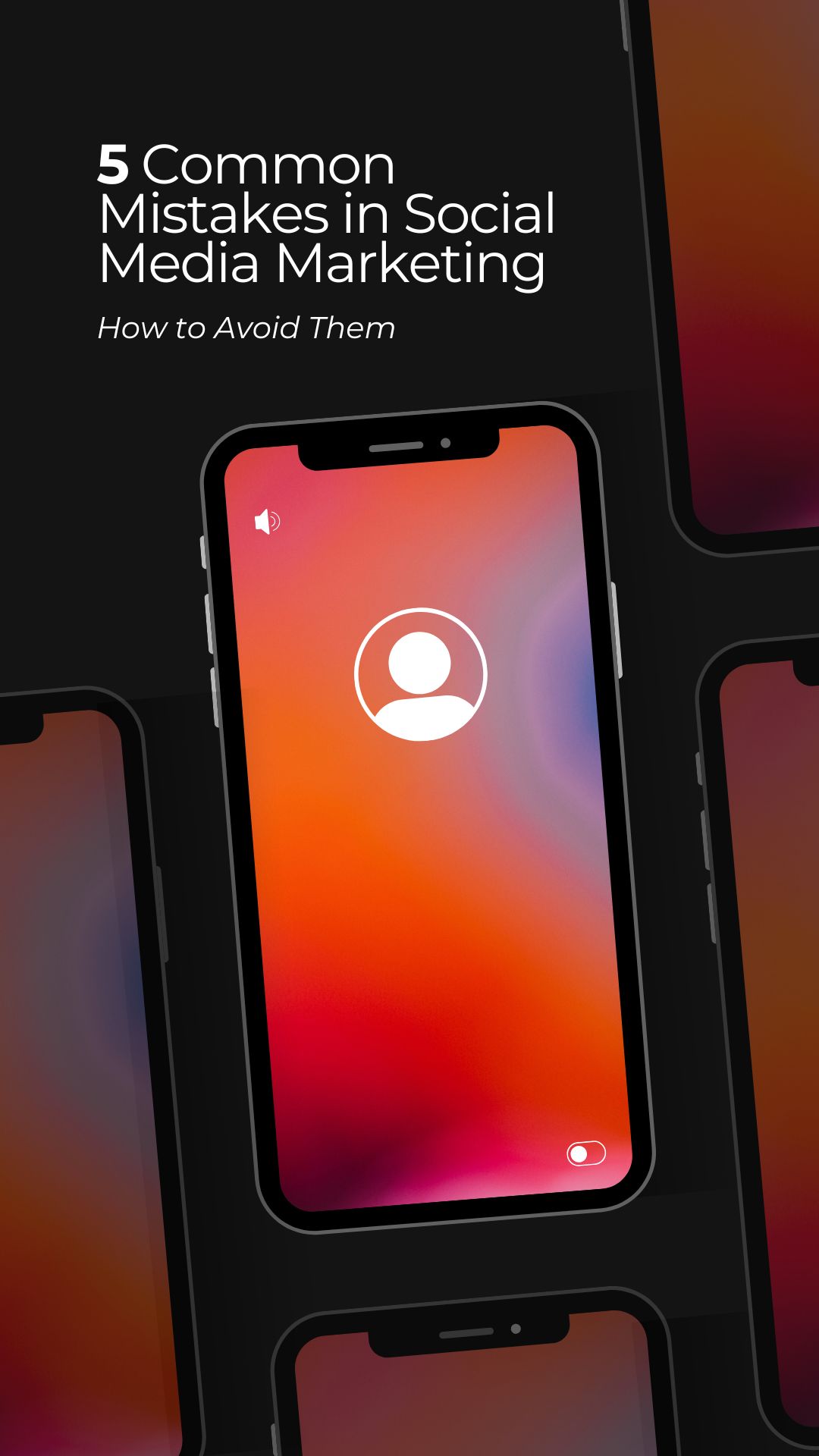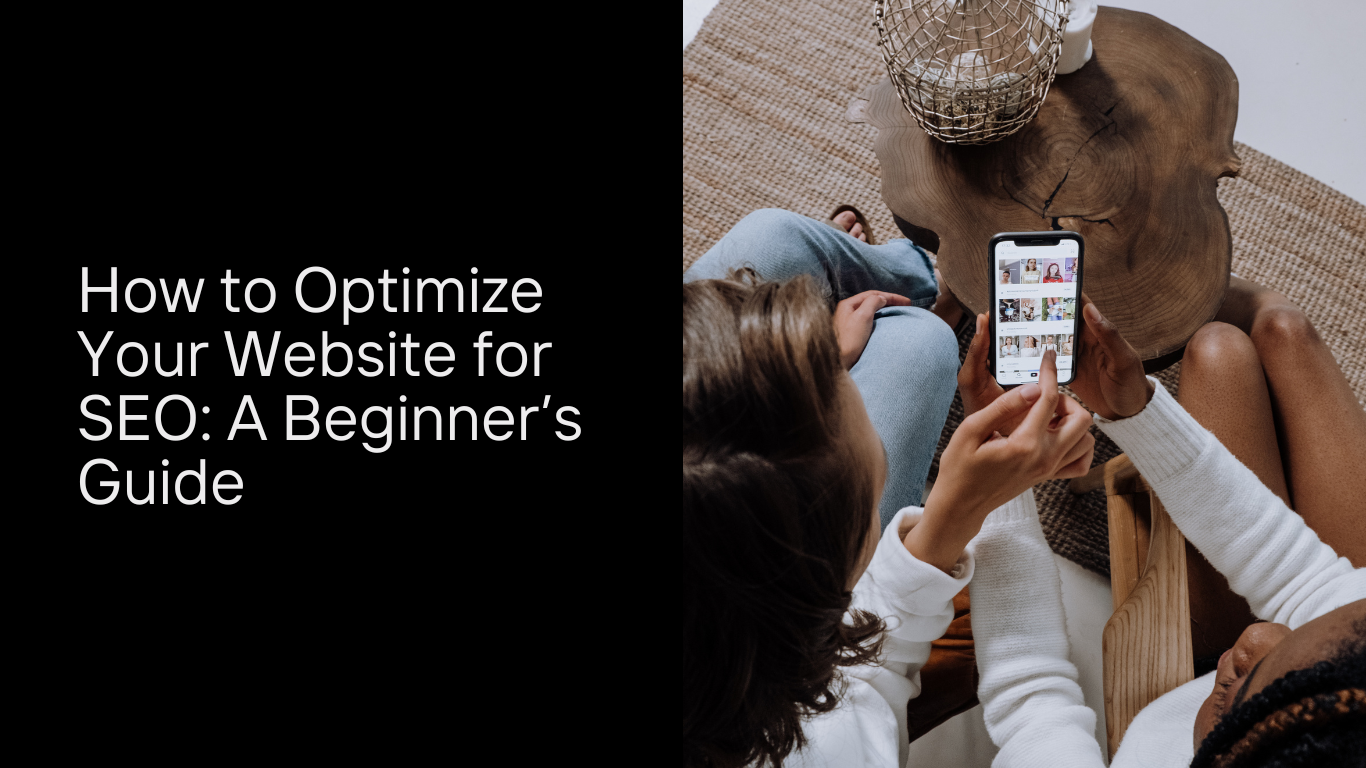Pay-Per-Click (PPC) advertising is a powerful digital marketing strategy that allows businesses to drive targeted traffic to their websites by paying for ad placements on search engines and other platforms. Here’s a comprehensive guide to PPC advertising for blogs:

1. Understanding PPC Advertising
PPC advertising involves advertisers paying a fee each time their ad is clicked. It’s primarily used to drive traffic to websites, increase sales, and generate leads. The most popular PPC platform is Google Ads, but other platforms like Bing Ads, Facebook Ads, LinkedIn Ads, and Twitter Ads also offer PPC advertising options.
2. Key Components of PPC Advertising
a. Keywords: Keywords are the foundation of PPC campaigns. They determine when and where your ads will appear. Conduct keyword research to identify relevant keywords that your target audience is searching for.
b. Ad Copy: Write compelling ad copy that grabs attention, communicates your value proposition, and includes a clear call-to-action (CTA). Tailor ad copy to match user intent and align with the keywords you’re targeting.
c. Landing Pages: Design dedicated landing pages that are optimized for conversions. Ensure landing pages align with your ad copy and provide a seamless user experience.
d. Bidding: Set bids for how much you’re willing to pay for each click on your ads. Bidding strategies vary (e.g., manual CPC, automated bidding), depending on your campaign goals and budget.
e. Ad Extensions: Enhance your ads with extensions like site links, callouts, structured snippets, and more. Extensions provide additional information and encourage users to take action.
3. Creating a PPC Campaign
a. Campaign Goals: Define clear goals for your PPC campaign, whether it’s driving traffic, generating leads, increasing sales, or promoting brand awareness.
b. Targeting: Specify your target audience based on demographics, location, interests, and behaviors. Use targeting options to reach the most relevant audience for your business.
c. Campaign Structure: Organize your campaigns into ad groups based on similar themes or keywords. This helps maintain relevancy between ads and keywords, improving ad performance.
4. Tracking and Optimization
a. Conversion Tracking: Implement conversion tracking to measure the success of your PPC campaigns. Track actions such as form submissions, purchases, or sign-ups to understand campaign ROI.
b. A/B Testing: Experiment with different ad copies, keywords, and landing pages to identify what performs best. A/B testing helps optimize campaigns and improve click-through rates (CTR) and conversion rates.
c. Budget Management: Monitor campaign budgets and adjust bids to maximize ROI. Allocate budget to top-performing campaigns and adjust spending based on performance data.
5. PPC Metrics to Monitor
a. Click-Through Rate (CTR): Measures the percentage of people who click on your ad after seeing it.
b. Cost Per Click (CPC): Average cost you pay for each click on your ad.
c. Conversion Rate: Percentage of users who complete a desired action (e.g., purchase, sign-up) after clicking on your ad.
d. Quality Score: Google Ads metric that evaluates the relevance and quality of your ads, keywords, and landing pages. A higher quality score can lower your CPC and improve ad position.
6. Compliance and Best Practices
a. Ad Policies: Adhere to platform-specific ad policies and guidelines to ensure compliance and avoid ad disapproval.
b. Competitive Analysis: Monitor competitors’ PPC strategies to identify opportunities and stay competitive.
c. Continuous Learning: Stay updated with PPC trends, algorithm changes, and new features offered by PPC platforms.
7. Conclusion
PPC advertising can be a cost-effective way to drive targeted traffic and achieve business objectives. By understanding the key components, creating well-structured campaigns, and continuously optimizing based on performance data, businesses can leverage PPC advertising to increase brand visibility, attract qualified leads, and drive conversions effectively.



































































